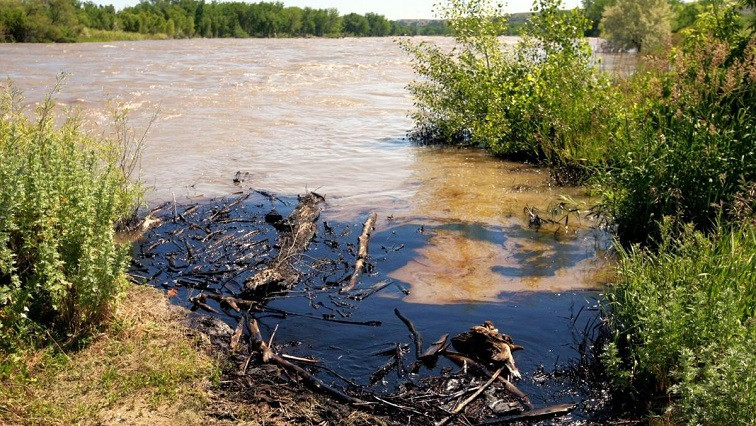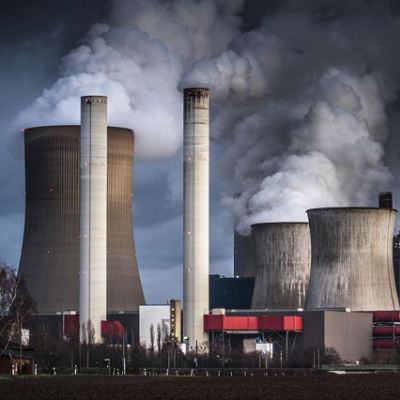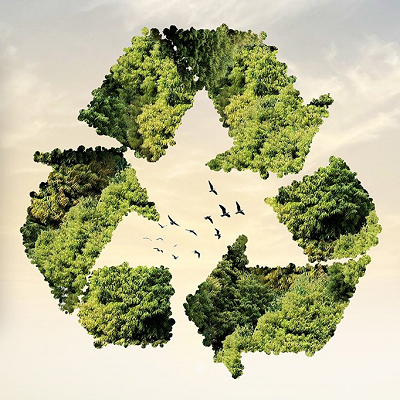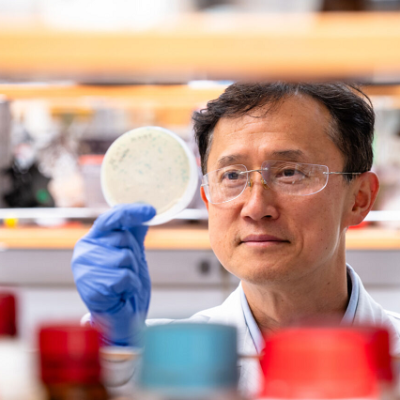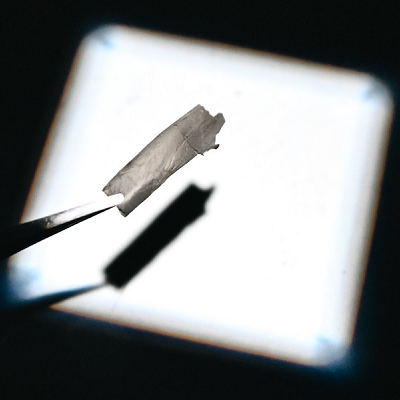The Sri Lanka Institute of Nanotechnology (SLINTEC), a pioneer in nano and advanced technology and research has developed an advanced oil-water separator to remove hazardous liquid waste from water, a cleanup process that could save billions of dollars to the economy, a top official of the Institute told the Business Observer on Friday.
It is estimated that the cleanup costs for a medium-large oil spill could be between $2.4 billion and $9.4 billion.
While it is impossible to know exactly how much cleaning up an oil spill would cost, experts are able to estimate the financial risks by examining historic major spills.
A 2012 study on the potential economic impact of a tanker spill on ocean-based industries in British Columbia, conducted by the Fisheries Centre of the University of British Columbia, estimates that a medium-sized spill on British Columbia’s north coast would cost the regional economy up to $189 million and require $2.4 billion for cleanup costs. A large-sized spill would cost the regional economy up to $308 million and require $9.4 billion for cleanup.
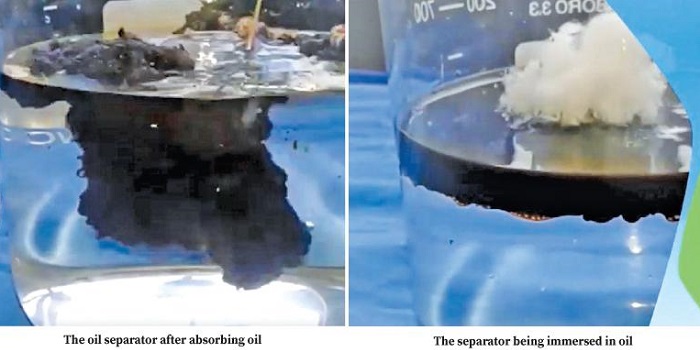
SLINTC Chief Operating Officer Heminda Jayaweera said the liquid absorbent will enable the extraction of hazardous liquid waste from the water effectively.
The product was developed after years of research. The materials used in this are made from textile waste from factories. Using nanotechnology, the surface of the fabric has been modified, giving it the unique characteristics as an efficient eco-friendly absorber.
“The product has been completed at lab level and we are looking for partners mainly apparel manufacturers to commercialise it as a separate venture with mass manufacturing capability.
Various oils and in some cases, hazardous solvents used in certain industries are often barred to the environment. Here they mix with water. This contaminated water can adversely affect natural habitats (animals and plants). It also pollutes the water we use. Inadequate management of hazardous liquid waste can cause long-term problems for humans and other organisms.
There are many garment and textile factories in the country and tons of unused garments and textile waste get accumulated every day. These are not currently used and only a small percentage of it is used in other factories as combustible materials.
“The nano technology that has been used to make these materials is simple and easy. Therefore, expensive facilities or labour is not needed to produce this material in larger quantities,” Jayaweera said, adding that manufacturing plants can be opened in Sri Lanka for bulk scale manufacturing.
The nanotechnology and raw materials used to produce the absorbent coating on the yarn fibres of the textile are obtained from Ilmenite sand, taken from the Pulmodai coast. That means this new invention will add more value to Sri Lanka’s mineral resources.
“It is stipulated to grow the liquid absorber material specifically the oil water separator material market to US $ 177 million by 2025. Therefore, we fore see a huge potential as a revenue generator to the economy,” Jayaweera said.
Read the original article on Sunday Observer.

